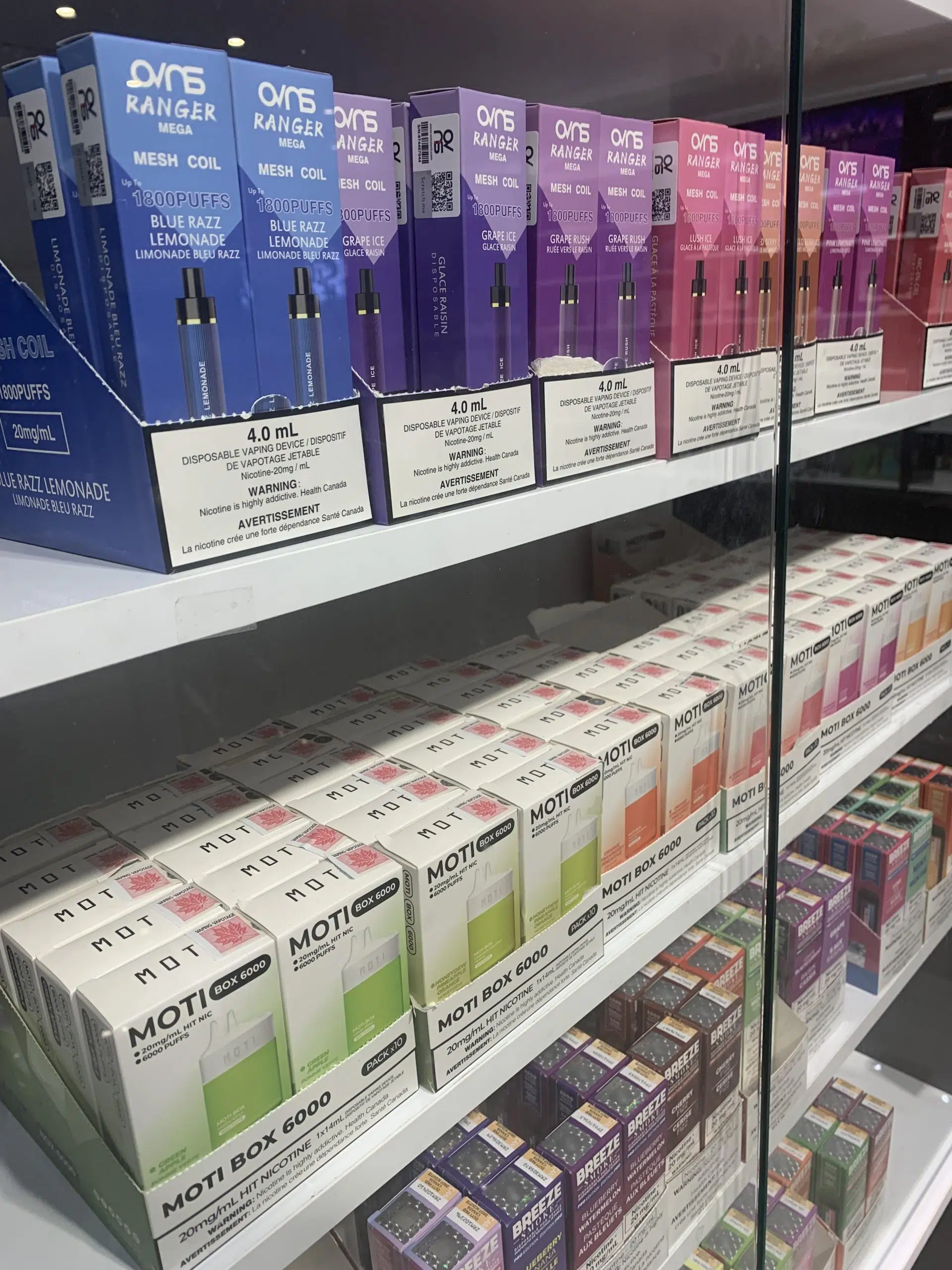Vapes also know as e-cigarettes are a popular form of nicotine replacement therapy, but the tool used for addiction assistance is also being misused by youths.
According to Jamie Seabrook who is chair of School of Food and Nutritional Sciences at Brescia University College. “Vapes were initially marketed as a potential solution to tobacco smoking with claims that they could be a less harmful alternative. While we are still trying to fully grasp the long-term effects of vaping on physical and mental health, our study shows vapes are exposing youth to nicotine and putting them at risk of nicotine addiction,”
A new study conducted by Seabrook and Evan R. Wiley of Western University has shown 26 per cent of high school students (surveyed) in Canada reported having vaped in the previous month. The researchers say the types of vapes or e-cigarettes being used is even more worrying.
The researchers found that 12 per cent of high school students reported having exclusively smoked vapes containing nicotine in the previous month, while 11.3 per cent are using both nicotine and nicotine-free vapes and a small 2.5 per cent are sticking exclusively to using nicotine-free vapes.
The study, published in the journal Children, was based on a national survey of 38,299 students in grades 9 to 12. It explored the frequency of past-month nicotine vaping, nicotine-free vaping and dual-use vaping with correlations to sociodemographic and health-related differences among high school students.
Vape research is still sparce and the risks, and its rate of usage amongst youths is still being studied.
“Previous research tended to focus on vape use as a unitary behaviour, despite the fact that some individuals vape with nicotine and others with nicotine-free products. Exploring potential differences between these groups can give policy-makers a better chance at implementing more targeted interventions,” said Wiley, a data analyst with the Program of Experimental Medicine (POEM) at Western’s Schulich School of Medicine & Dentistry.








